
Imagine if you were the next thought leader in your industry, like Seth Godin, Gary Vaynerchuk, or Tim Ferriss.
What do these notable figures have in common? They all have big reputations as credible resources in their fields. That credibility attracts profitable clients, speaking opportunities at conferences, and overarching success in business ventures.
Thought leader marketing is powerful.
However, thought leaders don’t spring up overnight. How can you go from getting educated by thought leaders to becoming one? How do you build your reputation to become recognized and even sought out in your niche?
In this post, I’ll show you how to use thought leader marketing strategies that will strengthen the reputation of your brand, increase business opportunities and establish you as a thought leader.
What Is Thought Leadership Marketing?
Contrary to popular belief, you don’t have to be a famous celebrity to be a thought leader.
Thought leadership marketing is the process of sharing valuable knowledge about your field with others to establish a reputation as an industry expert. Whether you are the CEO of a large corporation or an individual running a small business, thought leader marketing tactics build credibility.
One thing you should keep in mind: thought leader marketing is not simply a platform for self-promotion. If your content looks like a glorified advertisement, readers will notice. Instead, use your voice to educate others on topics within your industry.
For example, let’s say you own a company that sells cybersecurity software. Rather than write content espousing the differences between your software and the competition, create materials that discuss hardware vulnerabilities or tips to stop hackers. The key is to provide useful knowledge to readers in an easily understandable way.
Why Should You Use Thought Leadership Marketing?
By answering relevant questions and helping others freely, you are actually marketing thought leadership traits that give your business distinct advantages.
Not sure if thought leader marketing can give your business a boost? I’m here to show some of the top benefits you need to know.
1. Improve Brand Awareness and Exposure
With an overabundance of competition in most industries these days, brand awareness and exposure are the lifeforce of any company. After all, people can’t buy your product if they don’t know you exist.
By writing helpful, informative content about your industry, you gain exposure to potential clients who are actively searching for information related to your product or brand! Every question you answer increases awareness of your brand.
Every issue you help someone avoid or resolve boosts brand awareness.
Don’t just take my word for it: let the numbers speak for themselves.
A B2B study from LinkedIn found that 65% of buyers felt better about a company after reading its marketing thought leadership articles. Essentially, when you provide valuable insights, people see you in a better light.
Thought leadership content is also a great way to attract decision-makers.
In a survey of decision-makers by LinkedIn, 58 percent of respondents read one or more hours of thought leadership per week. This means investing in thought leadership content could get your business noticed by decision-makers at big companies.
2. Thought Leadership Marketing Attracts Business Opportunities
As more people discover your brand through your thought leadership content, you will attract more business opportunities.
When you’re a thought leader in your industry, it’s easy for people to associate that credibility with the rest of your business. The more you share your expertise with the world, the higher chance they’ll see value in buying your products.
Check out these statistics that prove thought leadership marketing can boost business:
- Nearly half of C-suite executives share their contact information upon reading thought leadership.
- Fifty-eight percent of decision-makers say they select companies based on their thought leadership content.
- Sixty-one percent of decision-makers are fine with paying premium prices to collaborate with a brand that leverages thought leadership marketing.
Invest in thought leader marketing to bring in more business opportunities than with traditional marketing strategies.
3. Attract Public Speaking Opportunities with Thought Leadership Marketing
A strong reputation means more people are willing to listen to the insights and advice you offer.
As you build brand awareness through paid ads, you’ll also attract opportunities to speak at conferences and events with your desired target audience.
Why is this important?
Thought leader marketing is all about developing a reputation as an expert. What better way to showcase your expertise than as a speaker in front of a live audience? When organizations advertise their conferences and events, they may also include your face, name, and credentials in their promotional content. Of course, this also means more publicity for your brand as a thought leader.
First impressions are everything. Consider this post by the Data Protection World Forum, which includes a headshot and the credentials of its speaker. When making first impressions, people tend to negatively rate plain or boring things and people. That’s why it’s important to put some effort into your image to look professional and presentable. Even if it seems like a minor promo, more publicity is always good publicity when it comes to establishing yourself as a thought leader.
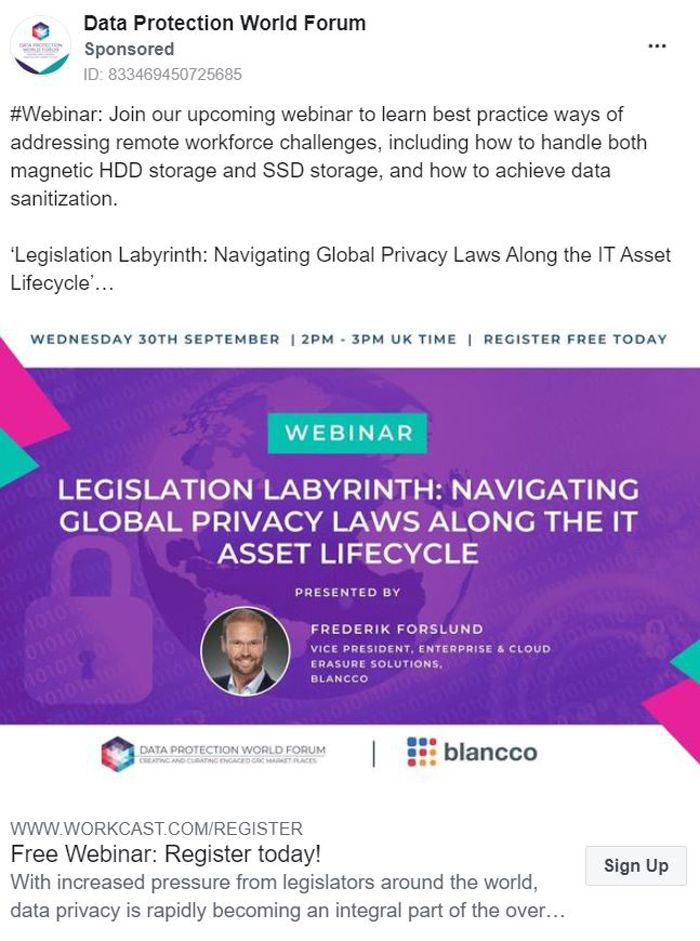
How to Use Thought Leadership Marketing
So you know that marketing thought leadership can help your business grow. But how do you create thought leadership content that will stand out from the crowd?
Here are some tips you need to know:
1. Understand Your Audience
If you don’t know your audience, you might as well be flying blind. Your audience members are your current and future clients. By crafting a buyer persona, you can find out what your target audience needs, what they think, and what they are interested in.
A good tip is to create surveys or leverage social listening tools to get the answers. Check the comments on your social media posts (or posts by your competition) for focus points. Look for recurring questions that can be turned into helpful tutorials. Are multiple people experiencing similar issues? Your next marketing thought leadership article could help.
With this information, you can create thought leadership marketing ads that resonate with your buyer personas. As your business grows, reevaluate your buyer personas so they align with customer needs.
2. Include a Professional Photo
Just like your logo, your thought leadership marketing materials may be the first brand-related content decision-makers and consumers see.
Use a professional photo to make a good first impression.
Wear clothes that represent your personal brand. If your target base consists of B2B professionals or CEOs, you probably don’t want to use a photo in a t-shirt and jeans. Likewise, if you’re targeting skateboarders, a suit and tie may push your audience away.
Tim Ferriss, author of the book “The 4-Hour Workweek,” encourages viewers to read his content, such as books, gadgets, albums, and articles. He also seems relaxed and dressed in a casual shirt. The photo in his post below may seem simple, but it actually represents the life his audience could lead by following his teachings to work less and earn more.

3. Offer Information on Products and Services
Some of your thought leader marketing should provide insights into the products and services you offer.
This guarantees customers learn what to expect from your business.
Don’t be vague or timid here: you have a great product and your audience needs to hear about it! If you are unable to speak about your services with clarity, potential customers will move on fast.
For example, Dave Ramsey’s ad for his live webinar features the benefits customers will get upon subscribing to his master training for aspiring financial coaches.

4. Monitor Competitors
Take a look at what your competitors are doing.
What are your competitors writing about? Which articles have the highest engagement? What keywords are they using in their content? Monitoring and analyzing the content of competitors can help you uncover opportunities for your own thought leader marketing.
How do you find competitor thought leadership marketing content? You can start by searching their social media accounts. Another way is to type in your industry’s keywords into a search engine like Google and see what the top results are.
Not sure which keywords to search for? Try using my tool Ubersuggest, a great option for finding the best keywords by search volume, location, trending levels, and more. It even offers keyword ideas based on your searches. Ubersuggest lets you know which related content ideas are spreading, so you can spend more time writing pieces that matter to people the most. What’s cool is it actually shows you lists of published articles that have used the keywords you search for, along with how often they’ve been shared on social media.
The best part? Ubersuggest is fast. You can even add Ubersuggest as a free chrome extension, to make your monitoring mission even more accessible when you need it.
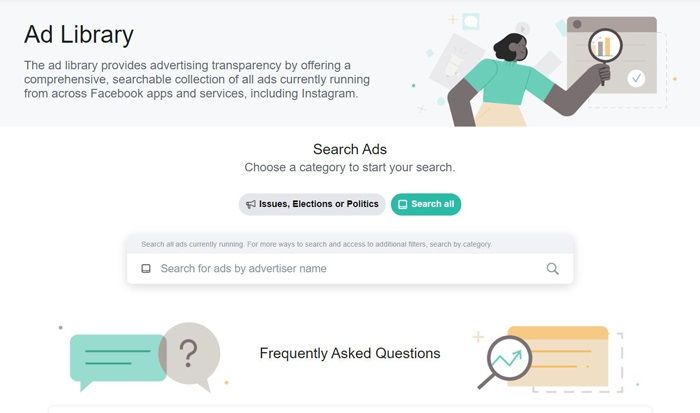
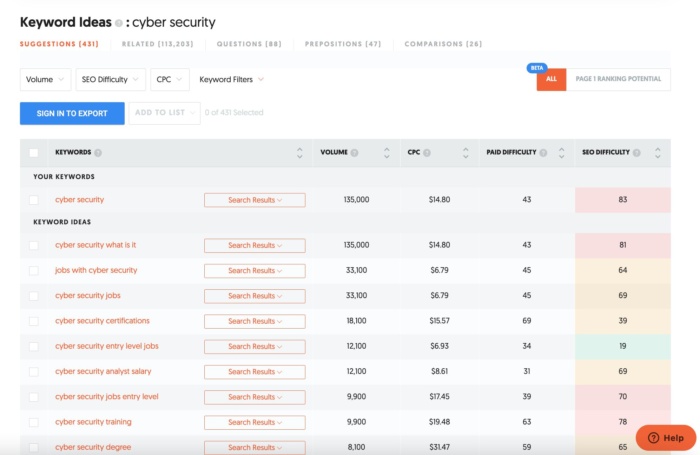
5. Offer Valuable Content
Offering valuable content to your audience is a sure way to move up the ranks of thought leaders in your field.
What is considered valuable content?
- Solutions to problems that your audience members face.
- Information on the latest innovations within your industry.
- Discussions that spark conversations.
- Helpful hints on aspects of the field you work in.
Sharing valuable content effectively introduces your brand and establishes yourself as a trusted expert.
Something that often gets overlooked is the need to update old content. What was fresh and relevant at one time can turn stale after a year or less. Create a habit of going back through older content to refresh outdated material.
6. Be Genuine
The last thing you want is for your audience to doubt your credibility as an expert. The fastest way you can do that is to turn every article into a sales pitch.
Some of the ways to be genuine have already been talked about above. By understanding your audience, you know what kinds of help they need. By creating quality content, you show that you genuinely know what you’re talking about.
There are a few other tips you can implement to be genuine in the eyes of your audience. Reply to comments, good and bad, on social media in a timely manner. Be consistent with your responses and your content, so you don’t give contradictory or confusing information.
Be yourself! Speak and write with your own authentic voice. Obviously you should be professional (don’t swear or verbally attack commenters), but talk about your content in your own way.
Give a behind-the-scenes look at your brand by sharing interesting or entertaining moments in your work.
Put yourself out there. Author Malcolm Gladwell posted a video that gave humorous behind-the-scenes insights for his upcoming audiobook. While he may not be selling a new audiobook (yet), it may generate hype for his upcoming work or encourage viewers to revisit his past bestselling works. By asking his audience to text him for updates, he engages with them on a personal level.

Examples of Successful Thought Leadership Marketing
Still not sure how to leverage thought leader marketing? Here are a few success stories to inspire your own:
1. Simon Sinek
Simon Sinek is an inspirational speaker who covers topics like leadership and organizational structure. He regularly hosts online classes and workshops to help people feel safe, inspired, and fulfilled.
Simon’s Twitter feed is full of motivational quotes that are insightful and get straight to the point. These information appetizers are gateways to his live training sessions and online subscriptions.


2. Seth Godin
Seth Godin is an international bestselling author and renowned speaker. Over 35 years, he has seized the title of thought leader in the marketing world. His content is available in many formats, making his work digestible for all marketing professionals.
He boasts an impressive 8,000 blog posts, over 200 podcast interviews, videos, speeches, and more, all of which are easily accessible with just a click.
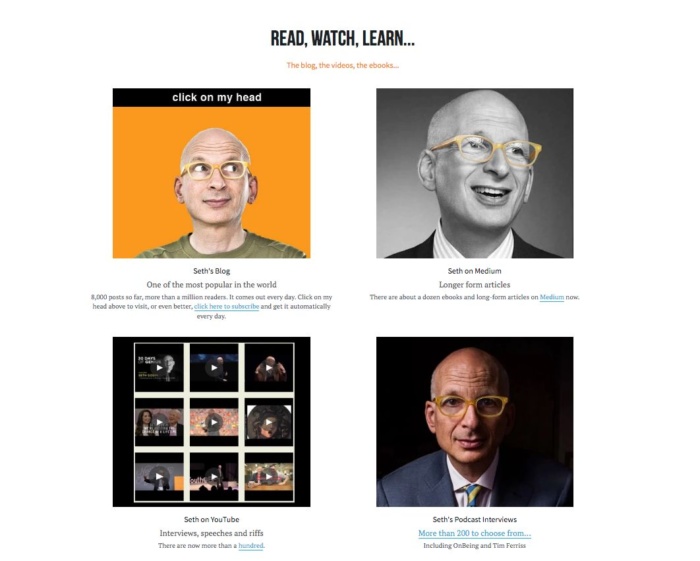
3. Grant Cardone
Grant Cardone specializes in the world of business, which is precisely why he has an impressive following on multiple platforms that perfectly aligns with the products and services he offers.
He showcases his credibility by sharing valuable content on social media regularly. That expertise is reinforced by his audience, which in turn convinces new viewers to keep tuning in.

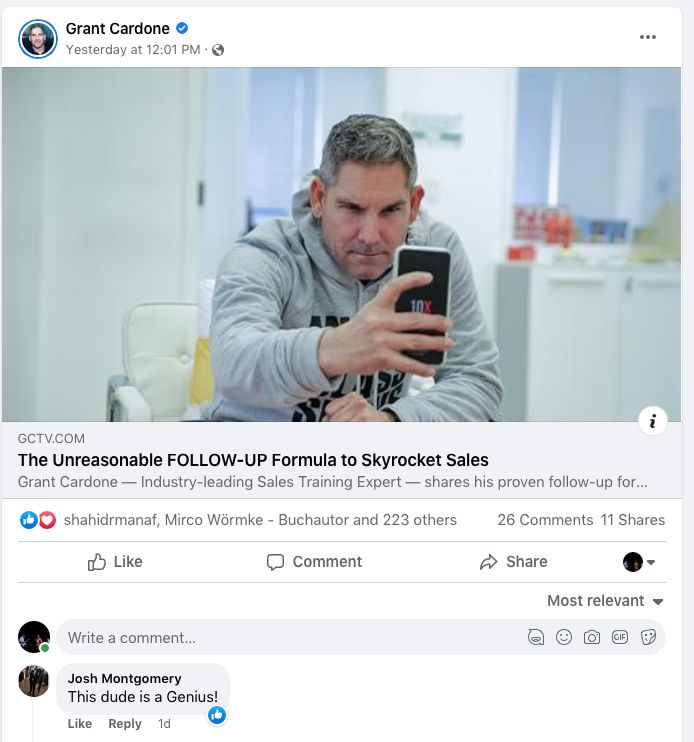
Frequently Asked Questions
In B2B marketing, thought leadership is a vital tool for any business to increase brand awareness, strengthen credibility and attract new opportunities. It is the process of providing quality content about your industry to a larger audience.
Good thought leader marketing content focuses on solutions to problems, as well as industry innovations. Thought leadership content should address a pain point that potential customers are feeling. The content should be updated regularly to maintain relevancy.
Conclusion
There is no doubt that thought leader marketing is a must for any business that wants to stay ahead of the competition. If you want to be a thought leader in your field, create quality content to boost brand awareness and attract more business opportunities.
Learn about your audience, figure out what they are searching for, and be the brand to help them find it.
As you attract more people to your personal brand, you can also acquire lucrative business opportunities and get invited as a speaker in conferences.
How will you use thought leadership marketing in your business?


![How to Create and Launch a Google Ads Campaign [2022 Update]](https://localseoresources.com/wp-content/uploads/2022/08/google-ads.png)

Recent Comments